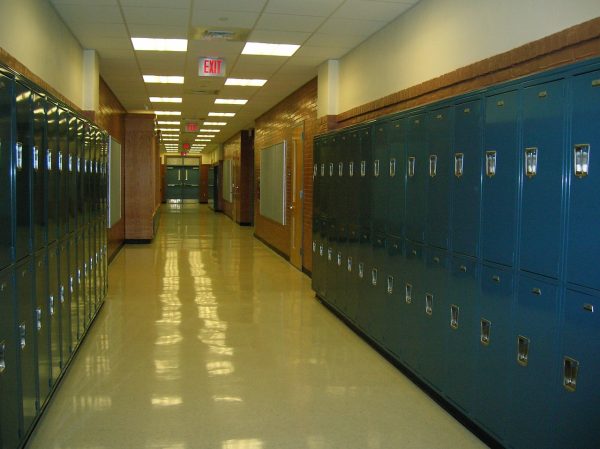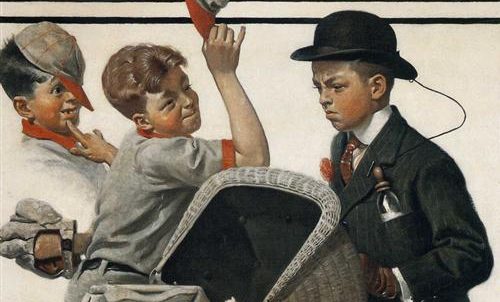The Future of Job Markets: AI Technology
Artificial intelligence (AI) is transforming the world of work in unprecedented ways. From automation to augmentation, AI technology is reshaping how humans perform tasks, interact with customers, and collaborate with each other. But, what does this mean for the future of job markets? How will AI impact the demand, supply of skills, and the quality of work? In this article, we will explore some of the key trends and challenges that AI poses for workers and employers in this new era of AI.
How did this all happen?
For starters, AI is not something new. In 1951, the first AI-based program was written. In 1997, Garry Kasparov, a world-class Chess Grandmaster, lost to an IMB supercomputer called Deep Blue, which was capable of producing 100 to 200 million chess moves every second. The match-up between Russian Grandmaster Kasparov and Deep Blue is one example that would lay the foundations for more sophisticated AI models to be programmed. Many contributing factors led to the development of chatbots such as ChatGPT. In an article published by Google in 2017, titled Attention is All You Need, Google introduced a ‘transformer model,’ a computer learning model that uses a mechanism known as self-attention to gather information given a database; this process allows for integrated parallelization which effectively reduces training and processing times. The extent to which this new model can operate further encouraged data trainers to pump in an exponential amount of data into these models.
Comparatively, OpenAI—the company behind ChatGPT— has been using the same process as the transformer model. On November 30th, 2022, ChatGPT was officially launched, and it only took 2 months for the application to reach 100 million users. That raises the question: How powerful is ChatGPT?
AI Today
A user on the internet who wants an answer to a question would usually use search engines such as Google or Bing; every Google search contains millions of results and it could be frustrating for the user to find the answer that they need. Language models such as ChatGPT revolutionize this approach to finding answers. Instead of manually finding answers, ChatGPT retains all relevant information from the database it was trained on and returns it to the user in a chat-based format.
However, language models such as ChatGPT can be used for different reasons—many of which are unethical. For example, a student who is assigned a 15-page essay due the following day can simply provide ChatGPT with the prompt, and external resources that the model needs to write it, and Voila! AI chatbots can simplify many tasks such as drafting an email or brainstorming ideas.
The Dangers of AI
When robots were first developed, workers had serious fears of being replaced. According to a study co-conducted by MIT economist Daron Acemoglu, he concluded there was a generally negative effect that the introduction of robots in industries had on the labor force. For every robot being implemented, it would replace about 3.3 workers on the national level. If robots without any ability to possess human intellectuality could replace 3 workers for every robot, how many workers would a fully trained chatbot replace?
The rate at that AI is growing is scary for many. As AI technology advances its intelligence, it poses serious questions about how it will affect society. One concern is that AI could replace the general workforce that doesn’t require laborious work. These industries include the medical, software engineering, and graphic designing field. These concerns are already exceeding expectations: ChatGPT passed the U.S. medical licensing exam and the Google coding interview for a position as an entry-level engineer. The AI’s success in these exams and interviews shows a possible risk to the workers in these fields. For example, the average programmer that is assigned a task to build a complex application would usually take around 2 weeks while ChatGPT only needs a few seconds. In the graphic designing field such as the original creation of art, an AI Image Generator, called DALL-E, can produce original quality pieces of artwork within a matter of minutes. Similar to any other chatbot, the user would give DALL-E a prompt, and the AI would return an image of original and quality work. Here is an example for the following user prompt: generate an image of a car that has the details of a Lamborghini and a Tesla.

DALL-E’s ability to take human text and convert it into the corresponding image shows how intelligent many AI software has become. There are many doubts in the art industry about whether or not they’re able to compete against such advanced technology.
There is Still Hope
The introduction of AI technology in the modern world today is peculiar in many ways; many unknown parameters have yet to be discovered in the world of AI. However, based on the technologies that are released as of right now, it’s safe to say that AI can change the world for the better or the worse. The topic of how consequential the impact of AI would be on the workforce is certainly a complex topic that requires additional research and analysis. While AI would be more efficient and benefit society by automating certain jobs, it may also create new opportunities or even enhance existing jobs. For example, teachers can use AI to explain a topic from a different perspective to students. The defining factor that should be considered during this age of AI would be to invest in education and innovation. Chatbots and AI shouldn’t be viewed as a threat; instead, we should view AI as a tool that society can benefit from — a program that can be used to shape the future for the better. The question is not whether AI will replace the general workforce, but how we should take advantage of this amazing opportunity.










